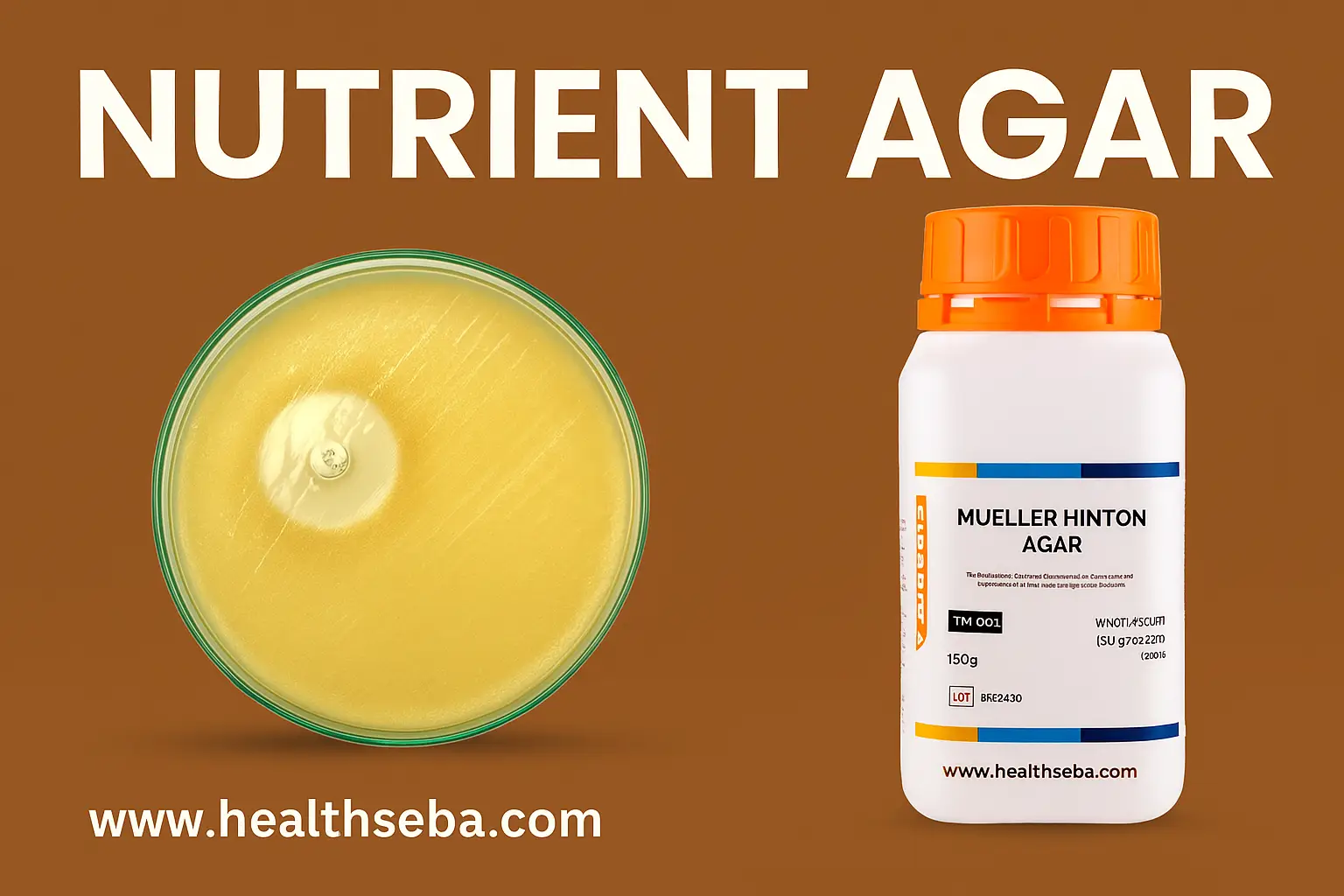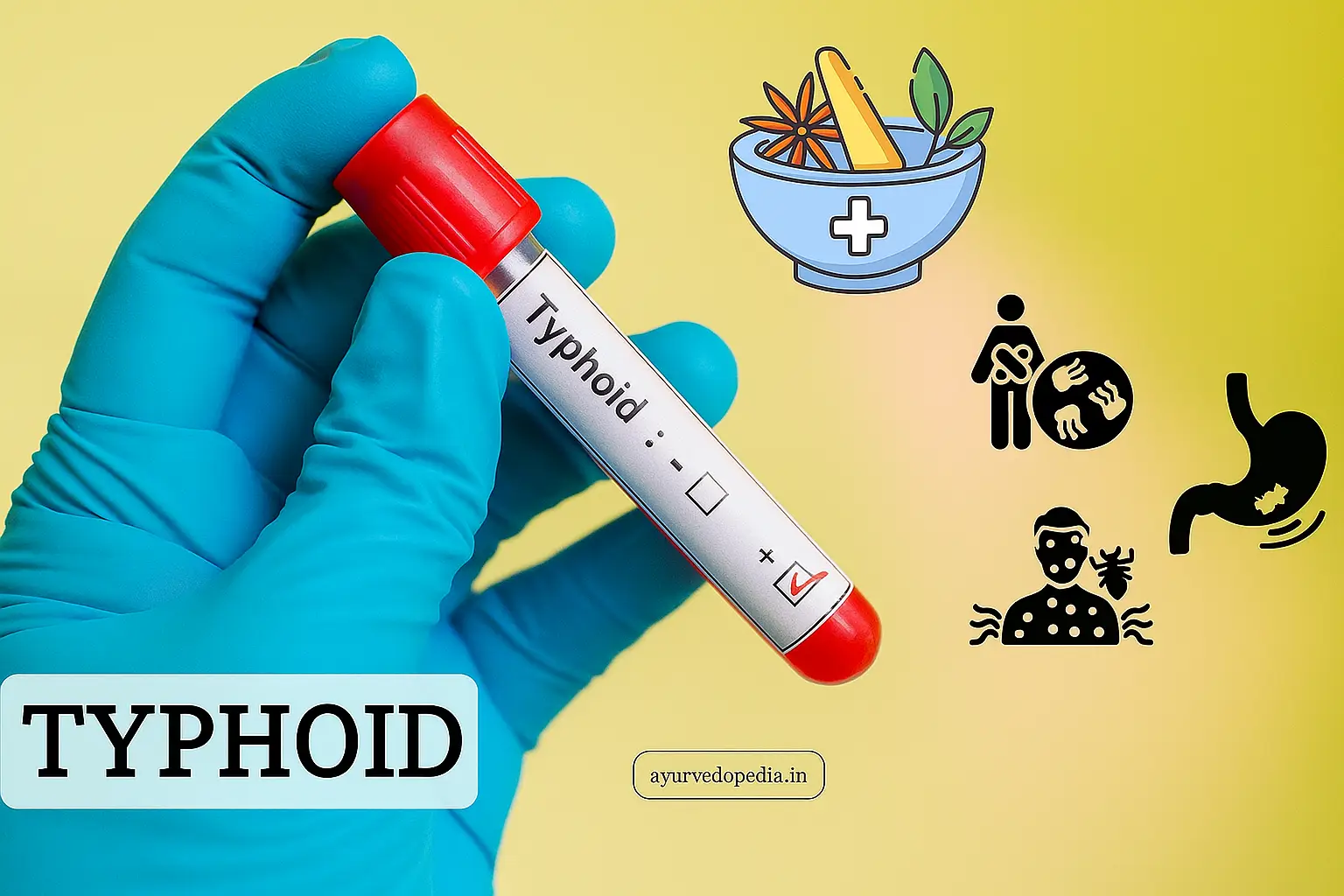Introduction
Raymond Sabouraud formulated Sabouraud’s Dextrose Agar (SDA) in 1892 to isolate dermatophytes. Clinical microbiologists widely use this specialized fungal culture medium for routine fungal diagnosis. The acidic nature and high dextrose concentration of SDA promote fungal growth and suppress bacterial contaminants, making it highly effective in laboratory practice.
Media Type
Selective medium → favors fungi, inhibits most bacteria.
Solid medium → agar-based.
Diagnostic medium → for isolation and identification of pathogenic and non-pathogenic fungi.
Composition of SDA
Standard composition (per liter):
Dextrose (Glucose): 40 g → energy source for fungi.
Peptones (Casein, Animal or Plant sources): 10 g → nitrogen source.
Agar: 15–20 g → solidifying agent.
Distilled Water: 1000 mL.
Final pH: 5.4 ± 0.2 at 25°C → acidic pH suppresses bacterial growth
Modifications of SDA
To improve selectivity and diagnostic value, SDA is often modified:
SDA + Chloramphenicol → inhibits bacteria.
SDA + Cycloheximide → inhibits saprophytic fungi.
SDA without antibiotics → for general fungal growth including yeasts.
Principle of SDA
High dextrose concentration and acidic pH create an environment that favors fungal growth over bacteria.
Peptones provide nutrients required for fungal metabolism.
Agar gives a solid support for colony morphology.
Antibiotics may be added to prevent contamination from fast-growing bacteria or saprophytes.
Preparation of SDA
Suspend 65 g of SDA powder (with antibiotics, if required) in 1 liter distilled water.
Heat gently with stirring to dissolve completely.
Adjust pH to 5.4.
Sterilize by autoclaving at 121°C for 15 minutes.
Cool to 45–50°C and pour into sterile Petri dishes or tubes.
Store at 2–8°C in sealed containers.
Uses of SDA
Isolation of dermatophytes (Trichophyton, Microsporum, Epidermophyton).
Culturing yeasts (Candida, Cryptococcus).
Growth of saprophytic and opportunistic fungi (Aspergillus, Mucor, Rhizopus).
Recovery of fungi from clinical specimens (skin scrapings, nails, hair, sputum, urine, blood).
Differentiating fungal colony morphology (color, texture, pigmentation).
Used in antifungal susceptibility testing (with modifications).
Advantages
Simple and inexpensive.
Good recovery rate for fungi.
Can be modified with antibiotics for selectivity.
Limitations
Acidic pH may inhibit some bacterial pathogens that could be co-isolated.
Not differential – does not distinguish between fungal species.
Overgrowth of contaminant molds possible if antibiotics are absent.
Conclusion
Sabouraud’s Dextrose Agar (SDA) is the most widely used fungal culture medium in microbiology. Its selective nature, simple preparation, and ability to support dermatophytes, yeasts.
Related Posts

Thyroid Causes Weight Gain
Introduction The thyroid gland plays an important role in controlling…

Nutrient Agar Composition Preparation Uses
Introduction Nutrient Agar (NA) is one of the most commonly…
